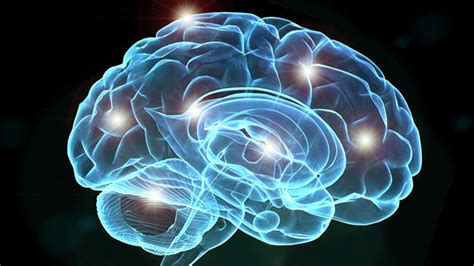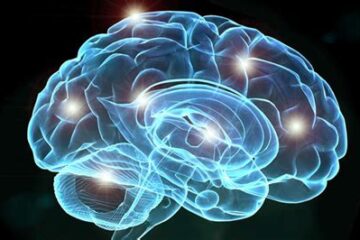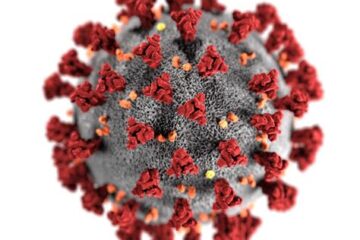
In this post at יואל קסלר .com we present a fascinating video where expert neuroscientists who study how human perceive, process, and understand music discuss the current thinking in the field. Additionally, famous musician Bobby Mc Ferrin demonstrates how we all have innate ability to appreciate and anticipate musical progressions and how this is seen from early human civilizations. It also discusses how music has evolved differently in different cultures around the world and how our ability to reproduce and anticipate musical progressions differs depending on the type of music we are used to listening to.
Additionally, the more we learn about how the brain works we understand its potential role in healing. The following from Harvard University explains:
Activating the Brain
The process by which we’re able to perceive a series of sounds as music is incredibly complex, Silbersweig and BWH psychiatry colleague Samata Sharma, MD, explained in a 2018 paper on the neurobiological effects of music on the brain. It starts with sound waves entering the ear, striking the eardrum, and causing vibrations that are converted into electric signals. These signals travel by sensory nerves to the brainstem, the brain’s message relay station for auditory information. Then they disperse to activate auditory (hearing) cortices and many other parts of the brain. It is noteworthy that different parts of the brain are activated, depending on the type of music—for example, melodic versus dissonant—and whether we are listening, playing, learning, or composing music (see related box).
Music can alter brain structure and function, both after immediate and repeated exposure, according to Silbersweig. For example, musical training over time has been shown to increase the connectivity of certain brain regions. “If you play an instrument like the violin,” he said in a recent Zoom interview, “the areas in your brain that are associated with the frequencies of the violin are more stimulated and the synaptic connections are richer.”
Healing Power of Music
These changes in brain circuitry and connectivity suggest opportunities to activate certain regions to promote healing, Silbersweig says. He and Haddad look forward to using cutting-edge brain research to build on what’s already known about the therapeutic power of music for patients with dementia, depression, and other neurological conditions. The pair note, for instance, that playing a march or other rhythmic piece for people with Parkinson’s disease stimulates the brain circuits that get them physically moving. Similarly, people with short-term memory loss from Alzheimer’s disease often recognize familiar songs like “Happy Birthday” because “that memory’s encoded into their brain’s long-term memory,” Haddad notes.
Haddad witnessed this response during high school and college while performing for patients in hospitals and assisted living facilities. “You have these patients who are essentially sedated, lying down, eyes closed, not able to communicate,” she recalls. “And when you play a song that they recognize from their youth, their eyes light up. They’re sitting up, and they’re smiling. It’s just incredible.”
See more here.


